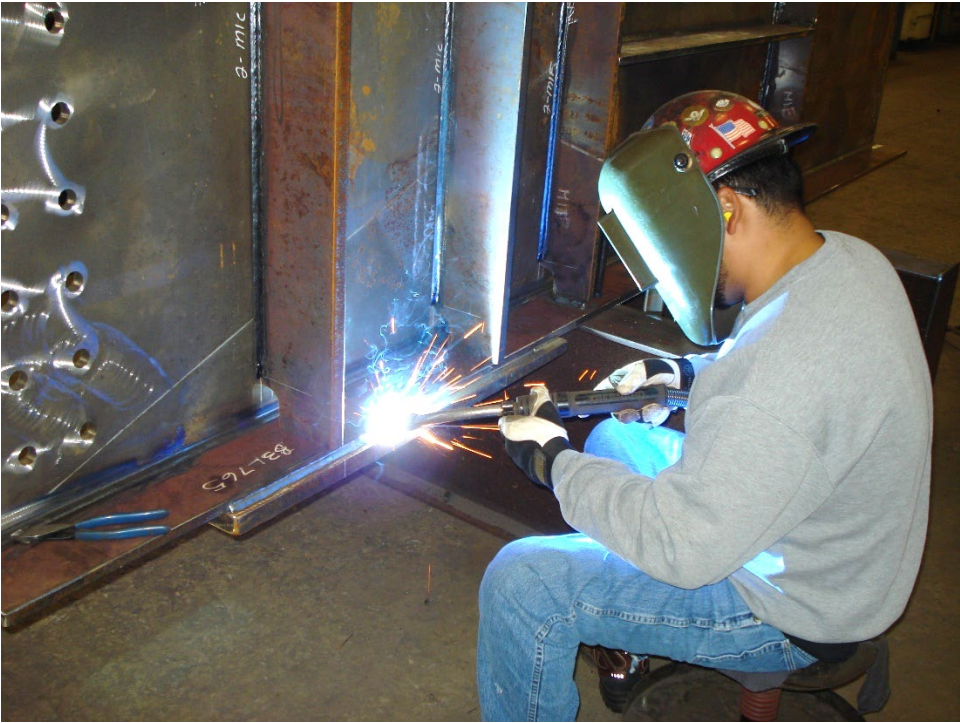Chapter 20: Welding Ferrous Metals
Overview

The first mass use of industrial welding of steels occurred in U.S. shipyards during the 1940s in support of the war effort for World War II. This was a major undertaking where shipbuilders, such as Kaiser Shipyards, built their ships with welded joints instead of rivets. This was not easy. The U.S. government campaigned and convinced companies to hire women for manufacturing positions. The value of the efforts and heroism of the women, including minorities, who stepped up in support of the war effort should not be understated. These courageous women were not only facing increased responsibilities due to family members and loved ones being sent overseas to fight, but also the dangers of working in a new industrial environment that did not have the regulations from the Occupational Safety and Health Administration (OSHA) that we have today. They turned out thousands of ships that were pivotal in the U.S.’s war efforts. Then when the fighting force returned to the U.S., many of the women who wanted to remain welders were forced to give up their jobs to provide openings. What struggles and challenges do you face that are similar to those who came before us?
Today the welding industry continues to benefit from the efforts of a diverse workforce. While we acknowledge the sacrifices and wrongs of the past, we must recognize the progress we have made and look towards the possibilities of the future. Many advances have been made since the 1940s in welding machines, materials, joint designs, filler metals, and our understanding of welding defects, to name a few, that make it possible to fabricate for extreme in-service conditions.
This chapter will discuss welding various ferrous (iron-based) metals, including their properties, common welding processes, filler metals, and uses in industry today.
Objectives
After completing this chapter students will be able to:
- Explain the properties and best practices of welding carbon steels.
- Explain the properties and best practices of welding stainless steel.
- Explain the properties and best practices of welding cast iron and cast steel.
Key Terms
- Allotropic change
- Allowing element
- Brazing
- Carbon steel
- Chromium
- Chrome-moly (chromium molybdenum alloy)
- Deposition
- Ferrous metal
- Heroism
- In-service conditions
- Interpass temperature
- Oxy-acetylene
- Preheat
- Soldering
- Stainless steel
- Welding metallurgy
Attributions
- Chapter opening image: GMAW in use by U.S. Department of Transportation, Federal Highway Administration in the Public Domain; United States government work
Brave acts in the face of danger.

